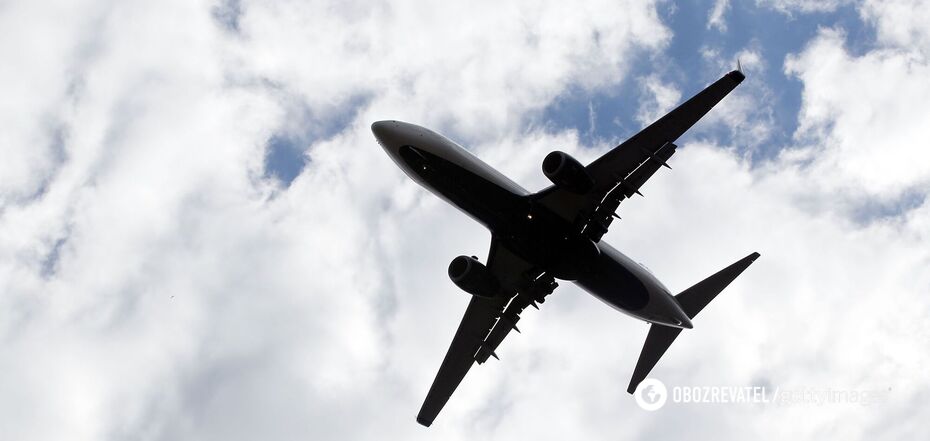News
The curse of flying. What is turbulence and why does the plane shake in the air?
Turbulence is the curse of any long-distance flight. During it, the airplane can shake very violently. In the worst case scenario, turbulence can be such that the plane is raised and lowered 30 meters at a time.
On Tuesday, May 21, a Singapore Airlines flight from London to Singapore encountered severe turbulence. One passenger was killed and 71 people were injured, passengers and crew members were scattered around the cabin, and the plane was forced to make an emergency landing in Bangkok, CNN reports.
After the incident, experts explained how this terrible and unpredictable weather phenomenon occurs. In addition, researchers warn that due to constant climate change, weather conditions are changing, and severe turbulence may become much more common, MailOnline writes.
What is turbulence?
If you've ever been on an airplane, you've probably experienced turbulence firsthand. The plane pushes and bobs up and down, drinks spill, and it becomes almost impossible to walk in the aisle.
"When you experience 'turbulence' on an airplane, it's because the plane has flown into a turbulent air zone filled with swirls and vortices. Like a boat in a stormy sea, the airplane is being jostled by the moving air," explains Dr. David Birch, head of the Center for Aerodynamics and Environmental Flow at the University of Surrey.
These jolts are classified on a scale from "mild", causing minor, inconsistent changes in altitude, to "severe", when the aircraft is abruptly thrown up and down, and it becomes almost impossible to control. In the most extreme cases, this not only makes the flight uncomfortable, but can lead to structural damage to the aircraft itself and even harm to passengers.
The rough air we perceive as turbulence does not have a single cause and comes from several different sources.
"Turbulence can be caused by natural phenomena, such as normal atmospheric wind, or by the circling of other aircraft in the vicinity," explains Dr. Burch.
One of the most common causes of severe turbulence is "mechanical turbulence," which is very common around mountains and other physical obstacles. If you imagine waves hitting a rock in the ocean, the previously homogeneous water is now broken and uneven. When wind hits mountains, the same thing happens, forming what are known as "mountain waves." These broken air currents create packets of turbulent air that swirl and jolt aircraft trying to pass.
However, some of the most severe turbulence is caused by thunderstorms, which create huge vertical streams of turbulent air. According to the National Weather Service, these currents can cause airplanes to climb or descend from 600 to 1,830 meters at a time. Moreover, such turbulence can occur not only at the epicenter of a thunderstorm, as a storm can cause severe turbulence up to 32 km downwind. But even without a storm and mountains, commercial aircraft can encounter strong air currents called jet streams.
These narrow bands of air circulate around the planet at roughly the same altitude as airplanes traveling at speeds of over 442 km/h. The difference between the fast-moving jet stream and the surrounding air creates pockets of extremely volatile air that can have a major impact on passing aircraft. This is called "clean air turbulence". The so-called "air pits".
Air pits are a phenomenon that occurs as a result of passing through a turbulence zone, i.e. a part of the atmosphere with air mass instability. Turbulence can appear on any part of the air route, and there are no specific places where "pits" are constantly located.
As for the airplane where a person died during the turbulence, experts believe that such strong turbulence could have been caused by upward airflows from a tropical storm. However, a full analysis of the type of turbulence that led to the fatality will take some time.
However, it is worth remembering that turbulence is mostly safe for passengers: modern aircraft and their crews have sufficient turbulence prevention capabilities. And passengers need to calm down and remember that the crew are experienced professionals and their main task is to ensure a safe flight and minimize risks.
Only verified information is available on the OBOZ.UA Telegram channel and Viber. Do not fall for fakes!





























